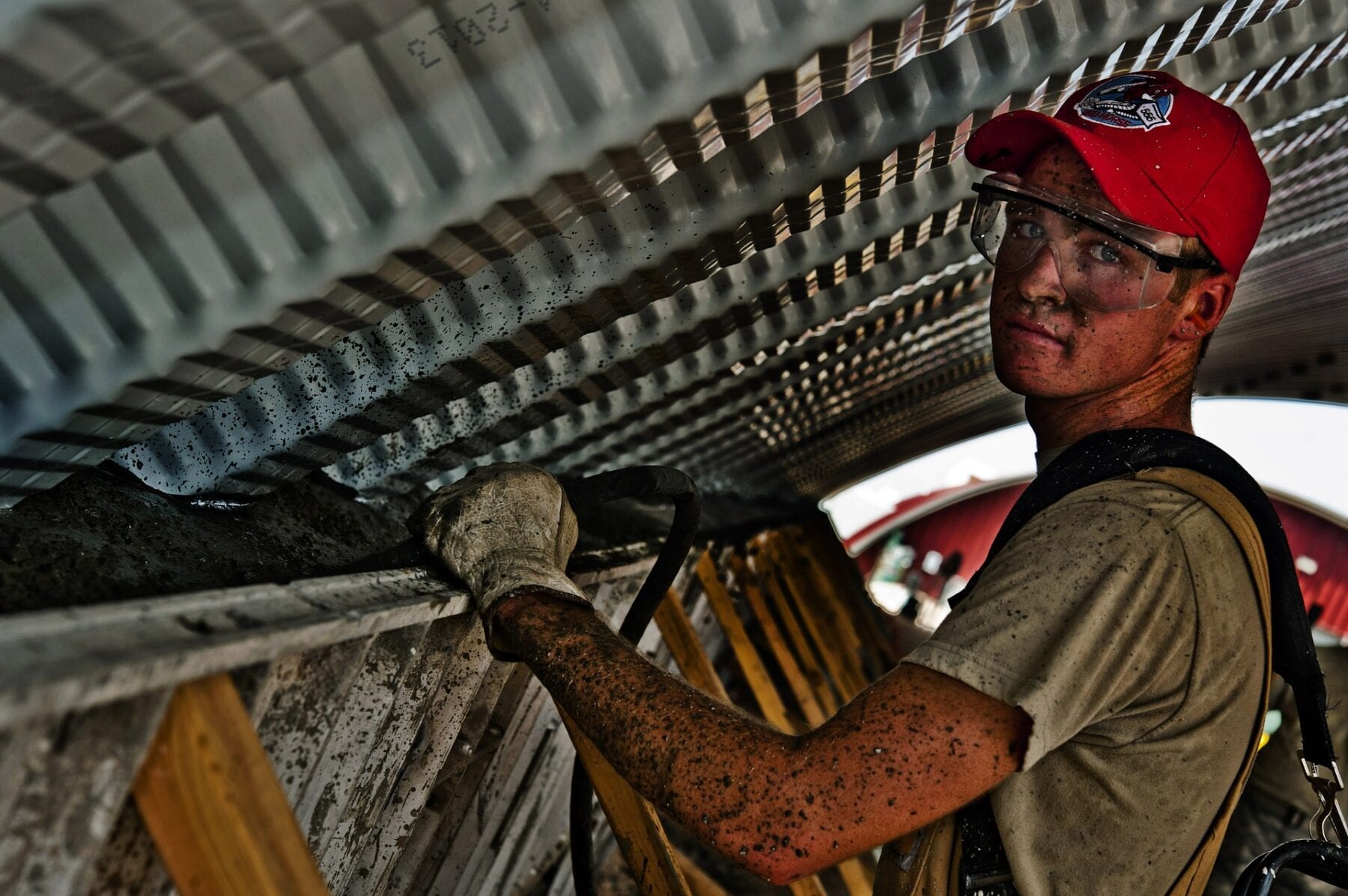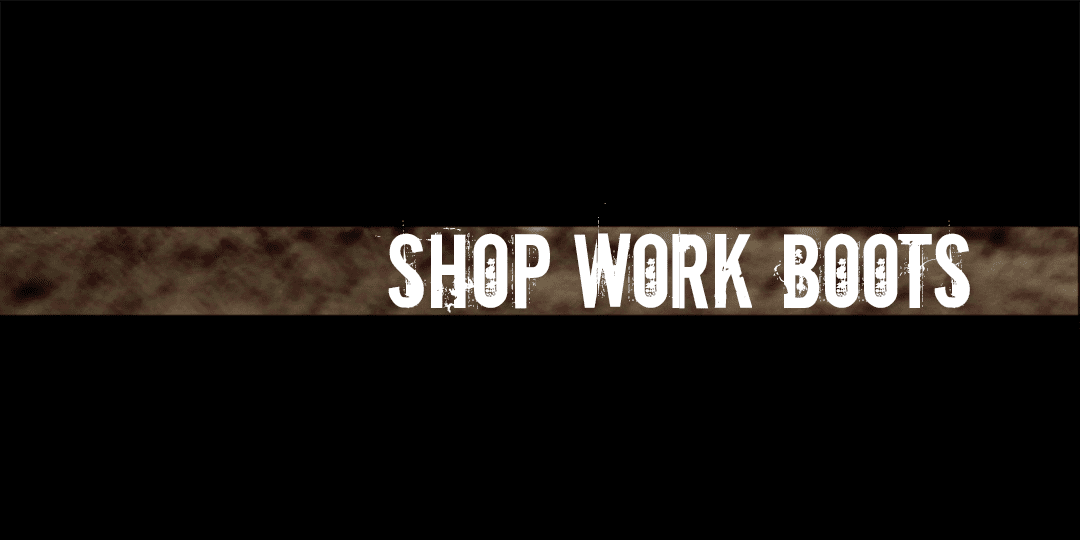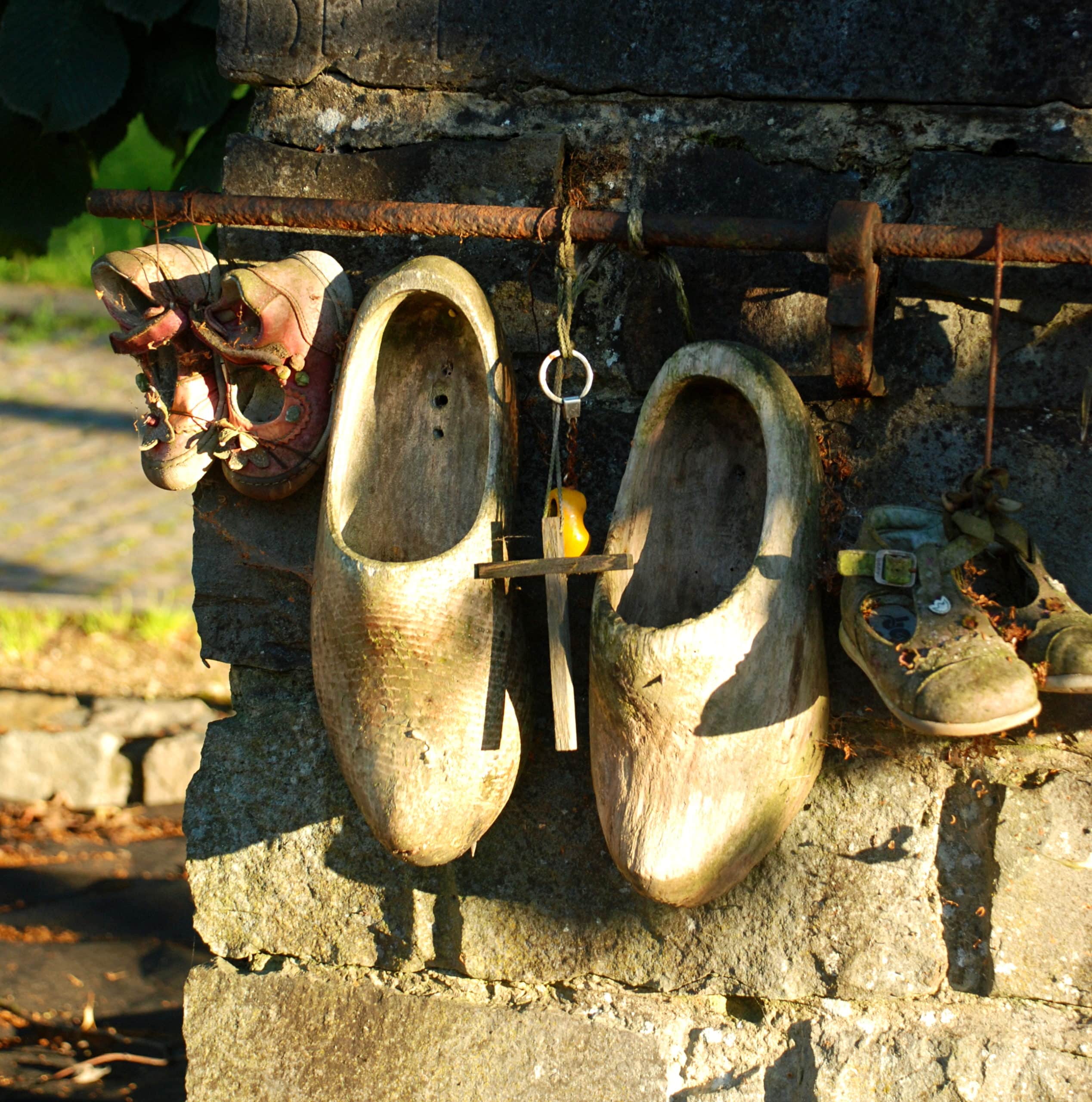The Rise of the ‘Blue Collar’
It may be surprising, but a resurgence in what are sometimes referred to as ‘blue collar’ jobs could be coming back stronger than you may have expected.
With higher education costs continuing to rise, more younger groups are choosing pursuits like on-site training or job-specific certifications. While college is still a main goal for many, others are beginning to hedge their bets on starting a skill-based career with hands-on experience. There are a litany of available ‘blue collar’ jobs that seek experiential knowledge, over a general degree.
Coinciding with this trend, there also is a shortage of skilled and semiskilled workers for these types of roles. Carpentry occupations, for example, are expected to grow 24% by 2022; and many other similar occupations will likely rise as well. Some 600 or more of these kinds of occupations will see significant growth and demand in the next few decades.
That being said, we are proud to see a potential future where ‘blue collar’ jobs gain interest and respect from a new generation that can take up labor roles for many other generations to come. Power to the labor workers of the world; society runs on the fruits of your labor.



